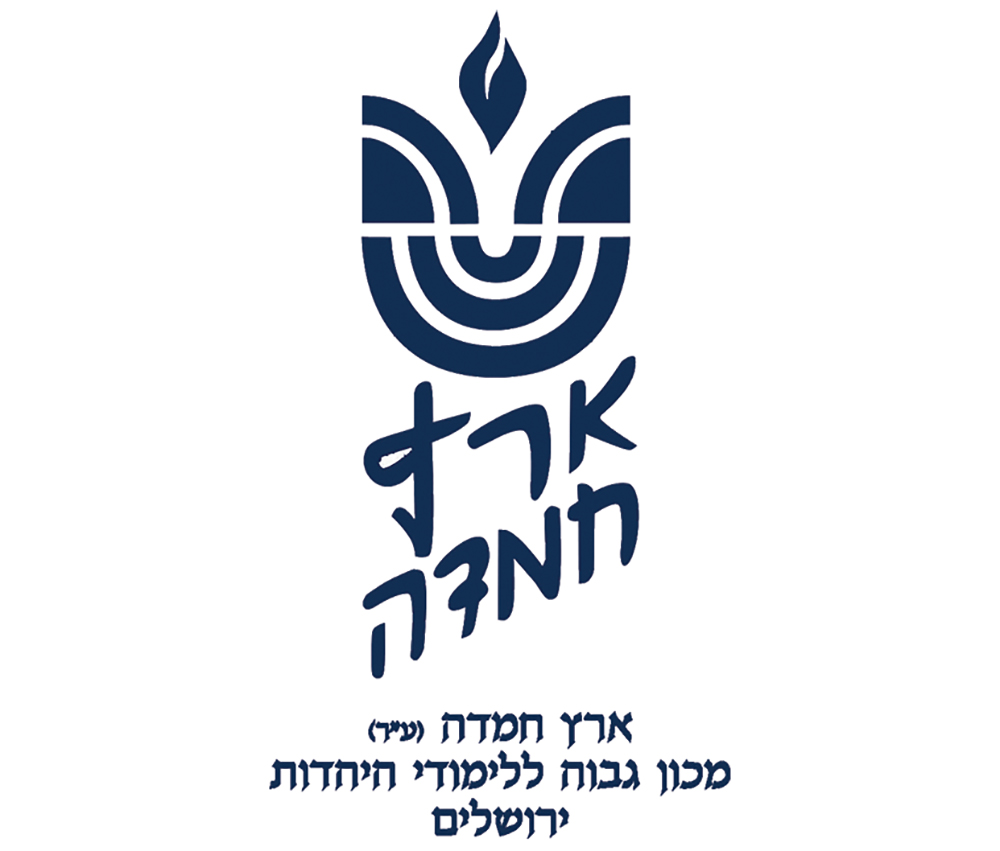לעילוי נשמת
יואל אפרים בן אברהם עוזיאל זלצמן ז”ל
Question: I know that the bracha for hydroponically grown vegetables—such as the insect-free romaine lettuce used for Pesach—is Shehakol since it is grown in water, not soil. May one use it for the Seder as maror and, if so, does one say then Shehakol or Borei Pri Ha’adama?
Answer: I understand that most “insect-free” vegetables are not hydroponically grown but use other methods to minimize the chance of insects. We will discuss the cases of hydroponically grown romaine lettuce, but our main focus will be on the correctness of your assumption that the bracha is Shehakol.
The Yerushalmi (Kilayim 7:6) questions whether one recites Hamotzi on bread made from grain that grew in a flower pot without holes (“atzit she’eino nakuv”). Based on this, the Chayei Adam (I, 51:17) instructs to make Mezonot on such bread, and Shehakol on similarly grown vegetables. The issue is the language of “ … min ha’aretz” (from the land) and “pri ha’adama” (fruit of the soil), which may not be sufficiently accurate in these cases. Regarding the fruit of a tree that grew in an “atzit she’eino nakuv,” he is less sure because, perhaps, that is still called “pri ha’etz.” Presumably hydroponic produce is less connected to land/soil than that which grows in an “atzit she’eino nakuv.” (Note that there are always nutrients in the water, and in some systems (aggregate), there are elements present that could arguably make it considered watery soil.
We can question the Chayei Adam’s position based on logic and sources. It is logical to argue that foods are categorized for brachot based on the species’ characteristics, irrespective of the specific item one is eating. Regarding sources, the conclusion of the Yerushalmi (ibid.) is disputable, and a different Yerushalmi (Berachot 6:1) indicates Hamotzi for such bread. It says that whatever food gets Birkat Hamazon after it, gets Hamotzi before it, and the Gemara (Brachot 47b) assumes we make Birkat Hamazon after bread that originates from an “atzit she’eino nakuv.” This encourages some (see Sdei Chemed VI, page 279) to make Hamotzi on bread from “anatzit she’eino nakuv,” as the Rambam (Brachot 3:11) may imply.
How do we pasken? The Chayei Adam is more equivocal elsewhere (Nishmat Adam II, 152:(1)). Some contemporary poskim instruct to make Ha’adama on hydroponic vegetables (Shevet Halevi I:205)—even if hydroponics is common—as long as society views it as grown on the ground (Teshuvot V’hanhagot II:149). Others rule to make Mezonot for bread and Shehakol for vegetables (Machazeh Eliyahu I:25,28; Yechaveh Daat VI:12 views hydroponics as “worse” than “anatzit she’eino nakuv.”). They reason that not only do these brachot not mention land but they are also b’dieved (after the fact) catch-all brachot making them preferable due to safek brachot l’hakel (in doubt, we avoid brachot that could be levatala).
Still, Yechaveh Daat (ibid.) says that if one does not know how a given vegetable was grown, you assume it is from the majority of vegetables, which are grown in the ground. Also, he says that if one made Ha’adama on a hydroponic vegetable, he would not say Shehakol afterward (as safek brachot l’hakel encourages us here to rely on the bracha that was already made). While we do not take a strong stand, we note that “pri ha’adama” seems a fair description of hydroponic vegetables—even if “min ha’aretz” (from the land) is not for such bread (Teshuvot V’hanhagot ibid.)
There is little question regarding Pesach. The lettuce’s maror status is determined by its qualities; its origin is, at best, relevant for the language of the bracha (Cheshev Haefod III:9). Indeed, the Gemara (Pesachim 35b) alludes to kosher matzah coming from grain grown in an “anatzit she’eino nakuv.” It is conceivable to eat it and recite “al achilat matzah,” followed by “Mezonot” (Tzitz Eliezer IX:12). That paradox does not usually arise for maror, which does not get a birkat hanehenin, since it is eaten as part of the “meal” (a slight oversimplification—see Living the Halachic Process V, D-14). If one has hydroponic maror and no matzah, he should follow his normal psak for the birkat hanehenin, followed by the bracha on maror.
This column is written by Rabbi Daniel Mann, on behalf of the Eretz Hemdah Institute in Jerusalem, which trains dayanim and has many projects on behalf of klal Yisrael, including its “Ask the Rabbi” service in conjunction with the OU. Rabbi Mann is a dayan at Eretz Hemdah, a senior member of the “Ask the Rabbi” project, and author of its “Living the Halachic Process” series. He is also a Ram at Yeshiva University’s Gruss Kollel in Israel.











